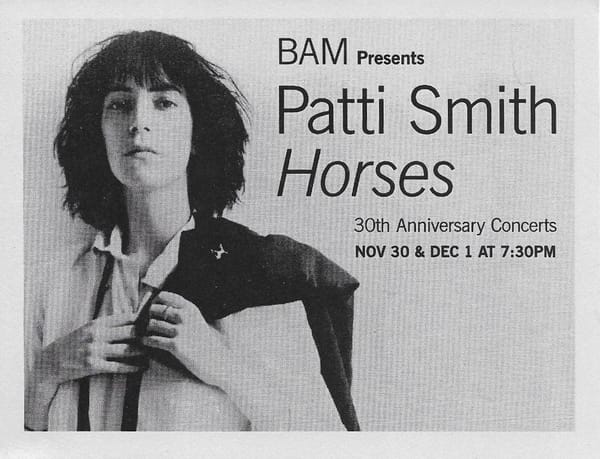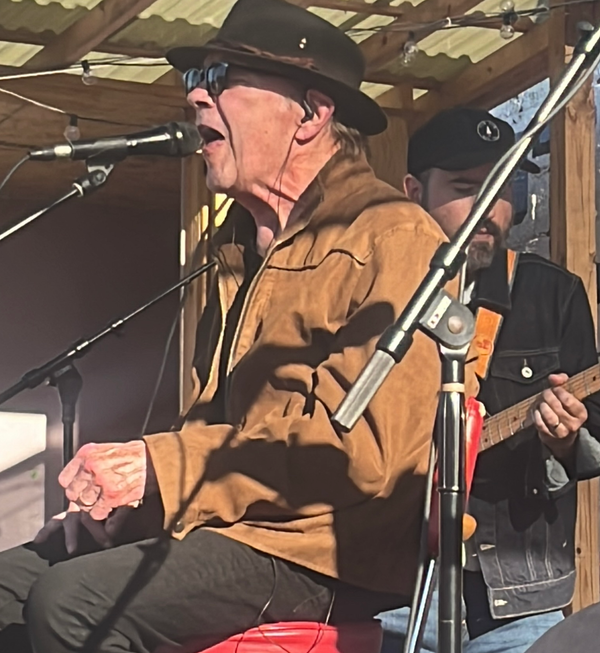Pilgrimage, or: looking for ghosts
take our fortune
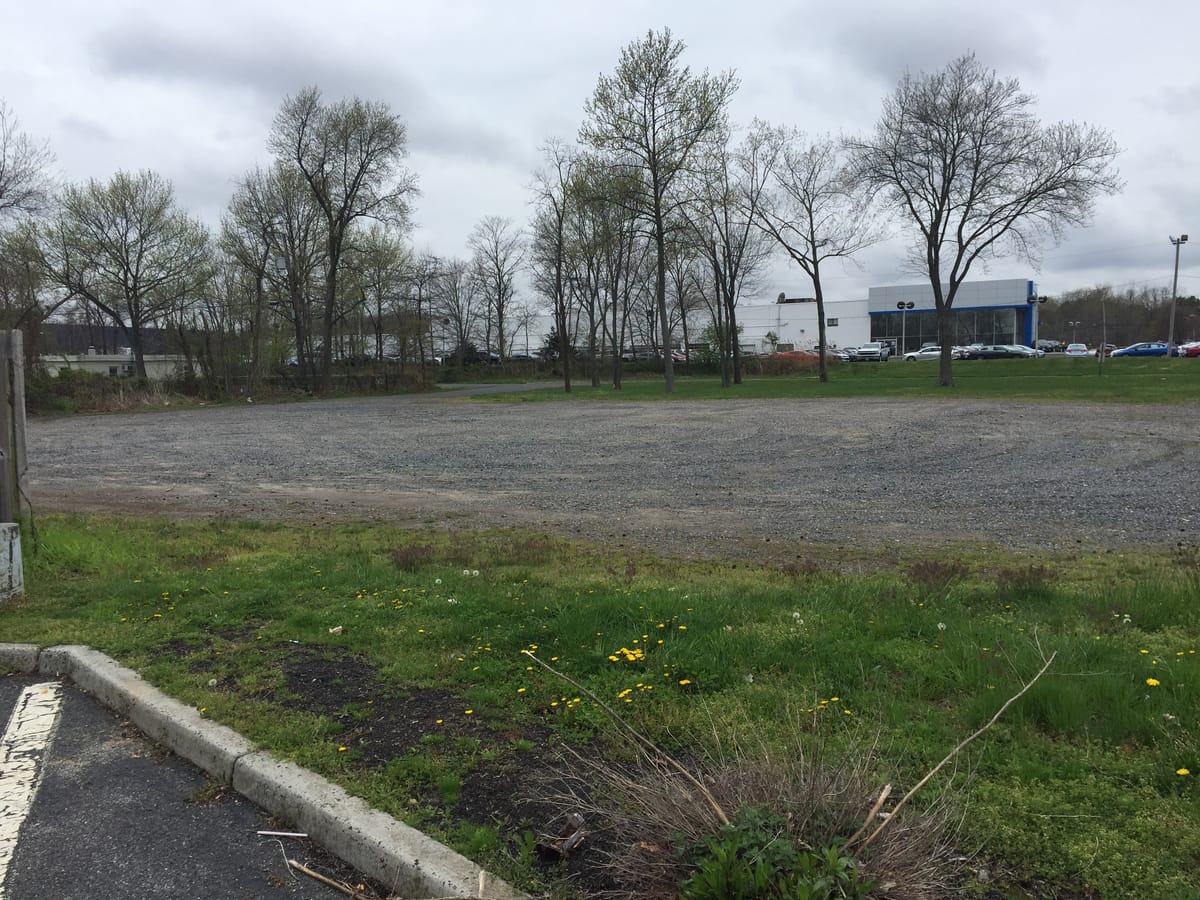
pilgrimage is a series of essays about journeys to places where magic happened. It's about why we go there, why we want to remember, and why it's important that we do. I hope these journeys inspire you to find and make your own places. You can read the rest of the essays in the series here.
A light rain is falling as I pull into the parking lot of a Burger King on Route 35 in Wanamassa, NJ. Adjacent to the restaurant is a gravel-strewn lot, with some large, older trees on the periphery, and the remnants of an asphalt driveway. I get out of the car with my phone, and walk over to the edge of the lot. It doesn’t take much imagination on my part for my brain to situate the former Shore Motel in this location, and in my mind I see the old two-story neon-gleaming motel shimmer over the lot like a mirage.
I’m standing here in the rain because the Shore Motel was the location of a club called the Pandemonium, which in the late 60’s featured weekly performances by a band named “Child.” The band, led by a local boy named Bruce Springsteen, also included Mr. Springsteen’s later cohorts Danny Federici and Clarence Clemons. This residency would come to an ignoble halt on July 20, 1969,, the night of the first moon walk. The Pandemonium, understandably, was showing the space footage live on their various televisions in the bar. The patrons, engrossed in the broadcast, were not paying any attention to the band, who… took umbrage at this situation. Some words were exchanged; allegedly, there was some kind of scuffle, and at the end of it, Child no longer had a residency at the Pandemonium.
There is literally nothing to see any more, no foundation poking up out of the ground, no stray bricks or ephemera. But the location has been haunting me for the better part of a year, when research I was doing for a project on Bruce Springsteen sent me down the rabbit hole of the Pandemonium Club. Despite helpful folks having dug out article clippings and ads from old newspapers, none of them listed an actual address. It just said, “Route 35, Ocean Township,” and web searches on the phrase “Shore Motel” are not very productive internet searches when looking for locations on the New Jersey Shore.
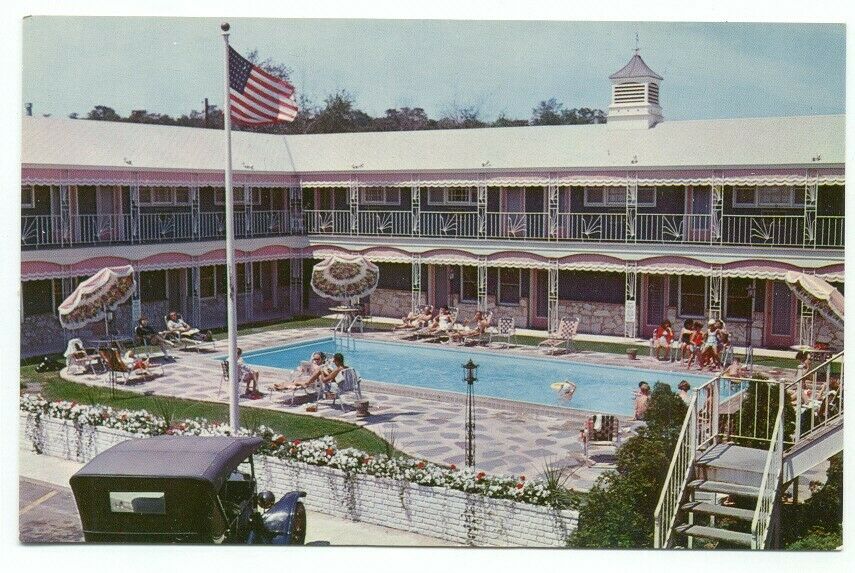

shore motel postcard
I was resigned to waiting until the time I could find a library in New Jersey that might still have phone books from the 50s or 60s, when I struck gold on the website of the Township of Ocean Historical Museum, who helpfully told me that the Shore Motel was at Sunset Avenue and Route 35, “now home to a Burger King.” And now, I was spending my free time voluntarily staring at a vacant lot while Saturday morning shoppers whizzed by on their way to Target and Wegman’s.
This is, however, my idea of fun.
The first time I went looking for rock and roll landmarks was as a Beatle-crazed teenager who discovered the Beatles long after they broke up. When I was old enough to go into New York City on my own, I would go looking for things like the Ed Sullivan Theater or the Plaza Hotel, to see in person things I’d seen in photographs, to try to connect myself to the history I so longed to have been a part of in a tangible way.
In New York City, there is so much history you can run smack into it without trying. That was how I stumbled onto the Brill Building on a trip into the city with my parents, who allowed me to go into Colony Records “for 15 minutes,” and walking up the street afterwards to meet up with them, I bumped into a passerby (because I kept peeking at the records I bought in the bag because I was so happy to have them) and when I whirled around to apologize, mortified, I looked up and saw the brass letters gleaming against the sky. BRILL BUILDING, it said. Could it be the same one? I wondered.
I confirmed my hunch in a Rolling Stone History of Rock and Roll gifted to me by my parents, and the next time I was in the city on a matinee trip with school, and we were granted an hour on our own, while friends went to Howard Johnson’s or posed in front of the smoking billboard, I scurried excitedly up Broadway to number 1619.
I perched on the curb and gawked at the wonder of the brass filigree on the entrance. I gathered my courage to walk over and peer inside, wishing I was brave enough to just walk into the lobby to see what it was like. I had to settle for allowing myself to rest one hand on a door handle; maybe Carole King had used it when she came to work, maybe Ellie Greenwich, maybe Neil Diamond!
As I stood and stared and let my imagination work overtime, the city whirled around me, tourists heading for TKTS, businessmen scowling, hustlers hawking girlie shows at the Metropole A Go Go. Nobody seemed to notice or care, when this building that created so much amazing music was still RIGHT HERE in the middle of everything.
It would be the beginning of a compulsion, this looking for rock and roll landmarks that didn’t exist or had become something else. That’s how I discovered the Fillmore East had been turned into a bank, and the club where the Velvet Underground first played was a community center, and Stax Records had been completely torn down (and has subsequently been rebuilt). I was also perfectly happy to visit the living, breathing places where music still lived, and eagerly made my pilgrimages to the Palladium (aka the Academy of Music), CBGB’s, Max’s Kansas City, and the Chelsea Hotel, where I would touch the plaque outside and think about everyone who ever stayed there, Bob Dylan, Leonard Cohen, Janis Joplin.
But the places I would be most drawn to were the ghosts. There was something that drew me to the places that were missing, the vanished, the forgotten, the paved-over, the torn-down, the vacant fields. It’s easy to connect to a thing that still stands, even if it’s no longer used for its original purpose; it’s a much harder challenge to find context in thin air, in weeds, in a lot full of broken glass and bricks. In running down an address, in exchanging information with other faithful, I was paying tribute, I was asserting my place, I was keeping the memories alive.
Magic once happened here; something important happened here; people did incredible things here...and now it’s like it never happened.
Except when people like me come to bear witness, to stand in the same place, to imagine, to dream, to remember, to pay respects, to try to step back through time even for a millisecond, on a kind of pilgrimage.
No Expectations
Caryn Rose • Dec 6, 2021
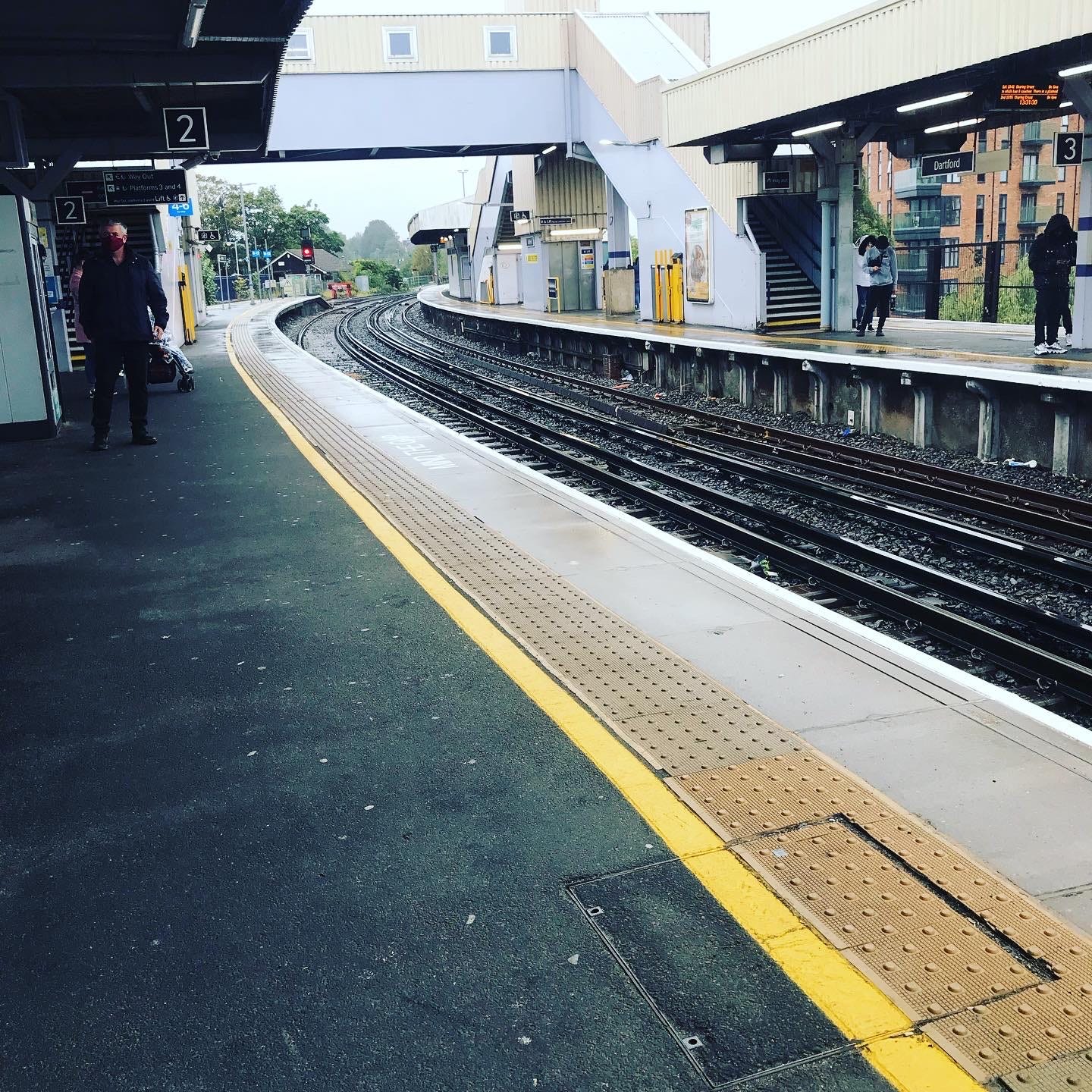
take me to the station OCTOBER 3, 2021: It’s a cold, wet and windy, Saturday, grey skies and grey clouds. It’s the kind of day people think of when they think of London, but I rarely have bad weather when I’m here and in fact have been here in the past when it’s been so unseasonably warm no one was taking the Underground home or even to the main train st…
Read full story →

